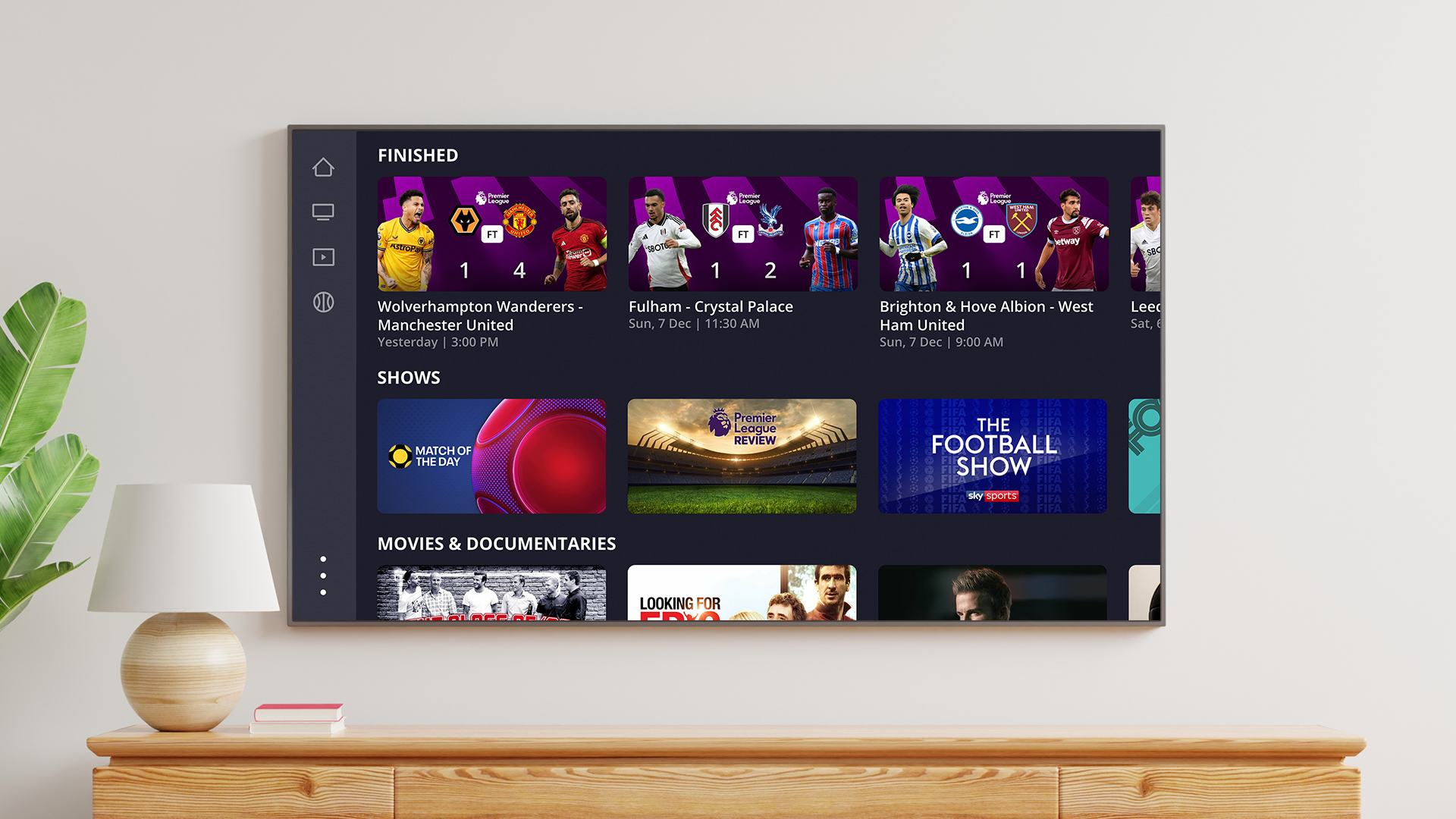I’m stealing your spectrum
In case you haven’t been following my blog, the FCC is out to eat your lunch. Oh sure, it’s all in the interest of a higher good. You know “for the children” and all that. The bottom line is there is an army of special interests combining forces to steal your spectrum. Let’s look at some of the reasons chairman Genachowski believes you could be put out of business.
The FCC’s one-two punch
The FCC’s entire justification can be summarized in Figure 1 to the right. The chart, from a Nov. 18 meeting titled, “Broadband Gaps,” summarizes two components: expanding consumer need for data services and (so-called) under usage of television spectrum. Let’s first focus on the left portion of the chart, which illustrates consumer demand.
We know that consumers are increasing their use of smartphones. Never mind that sending data takes less spectrum (is more efficient) than voice. Data, which has come to mean media, is increasingly demanded by users. According to the FCC chart, mobile phone subscriptions have increased 332 percent since 1998. Smartphone subscriptions, the real data hogs, have increased 690 percent.
The number of petabytes transmitted monthly, based on 2008, is predicted to grow by 129 percent compound average growth rate in 2013.
But the chart also emphasizes something else: a reduction in over-the-air viewership. Highlighted in red, it shows that OTA television has experienced a 56 percent decrease. See where this is going?
Now focus on the right portion of the figure, which is calibrated in users per megahertz. This represents chairman Genachowski’s (and Blair Levin’s) second part of the commission’s one-two punch. First, we have increased need. Then, we have under usage — at least as far as terrestrial television is concerned.
The professional video industry's #1 source for news, trends and product and tech information. Sign up below.
According to the chart, OTA broadcasting serves only 108,000 users per megahertz. How this number is calculated isn’t clear. Mobile phones, on the other hand, are claimed to serve six times as many consumers — 617,000 per megahertz. Clearly, broadcasters are just a bunch of spectrum squatters, right?
The bottom line according to the FCC chairman is that U.S. consumers need spectrum to serve their data needs. And the best place to get that spectrum is from over-the-air broadcasters.
Spectrum theft
Blair Levin, executive director of the Omnibus Broadband Initiative, is the chairman’s point man on broadband. And Mr. Levin firmly believes he can get broadcasters to agree to give up some of their spectrum. Let’s take back broadcasters’ HD spectrum, he thinks. In his Nov. 18 blog post, Levin said, the “Broadband Task Force will also voice warnings about gaps — gaps in broadband deployment, adoption and usage that are big enough for a consumer to fall through. Or, more broadly, gaps in universal access to robust broadband, the goal that Congress asked the plan to address.”
Government officials, both state and federal, often cry about “gaps.” There’s an income gap between rich and poor. And, there’s a housing gap between urban and rural. Now, there’s a gap in “access” to broadband. And these bureaucrats believe it’s the government’s obligation to fill that gap!
Heck, there’s a “car gap” between the kind of car I drive (10 years old) and the brand new Land Rover my neighbor drives. Somehow I never thought about that being a “gap” some bureaucrat should fix.
I think there’s a gap alright, and it’s between the ears of Levin and others screaming to kill OTA television so they can build their broadband empire. Unless you sign on to the collective approach, there will always be gaps in what people can enjoy.
Broadcasters should be wary of any FCC plan to trade cash for hertz.
Would you take government cash and give up the right to transmit HD and mobile? What if all you could transmit was single channel of SD? Would you take the money anyway?
